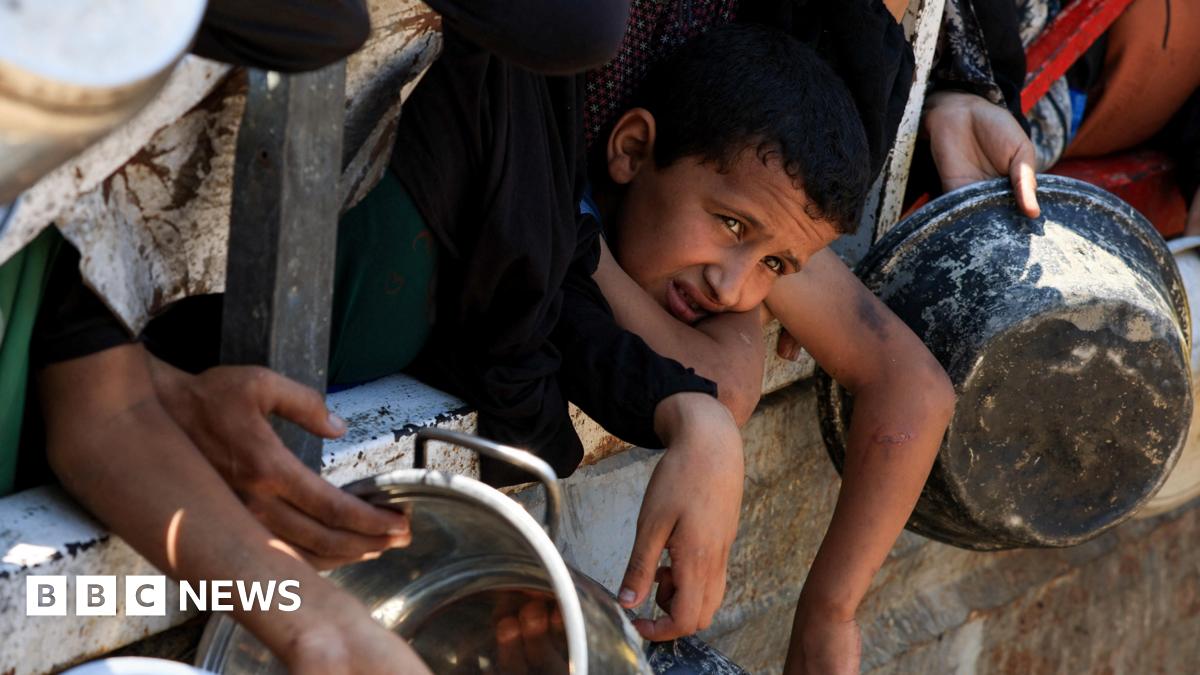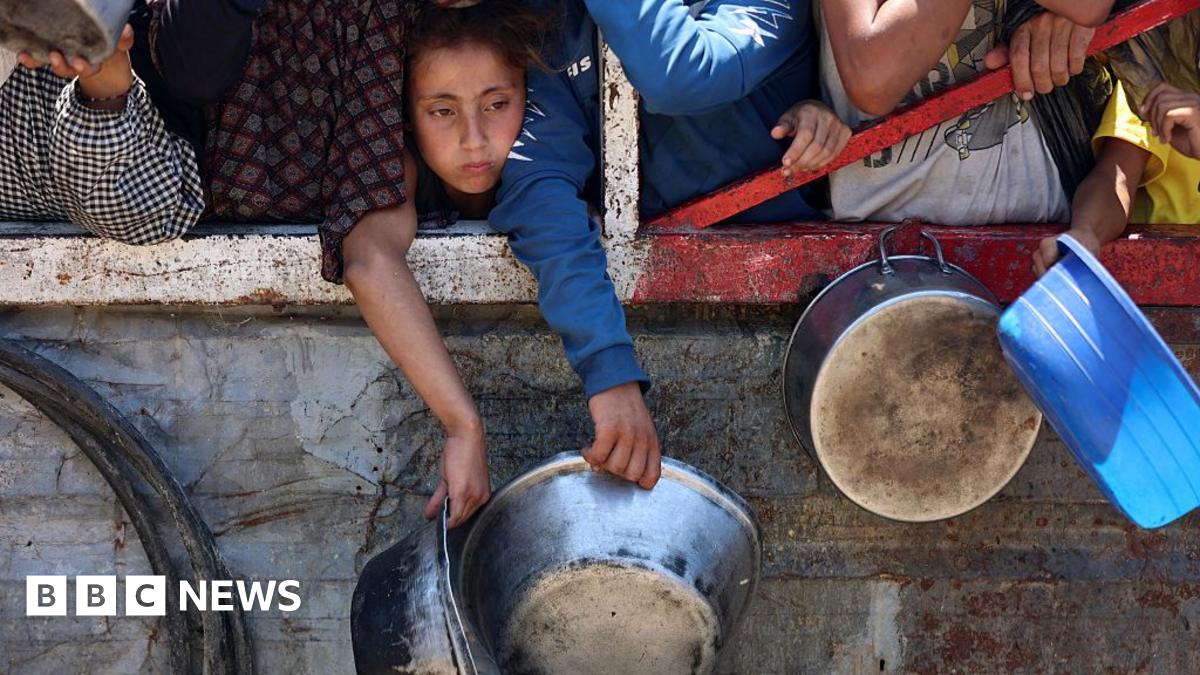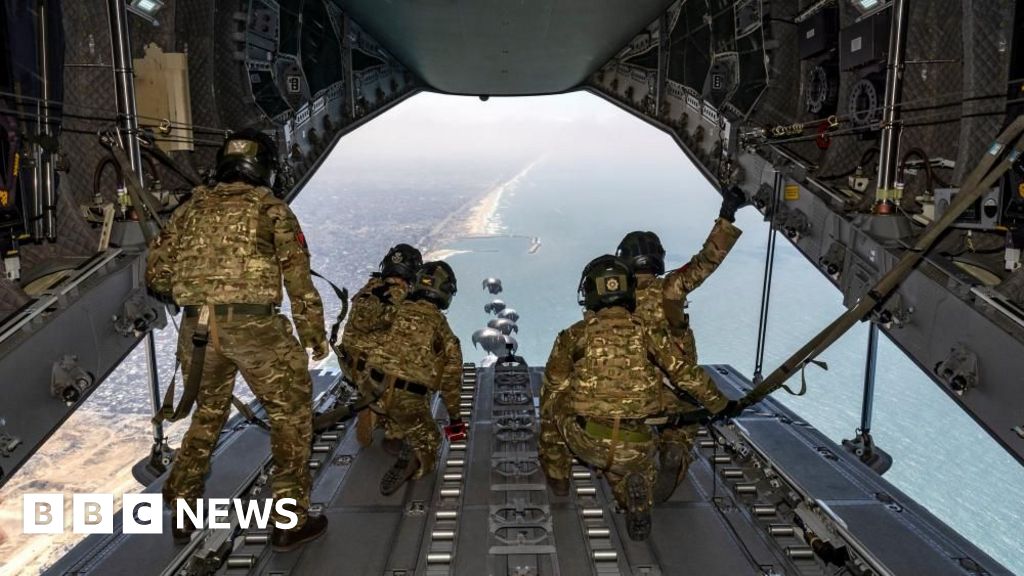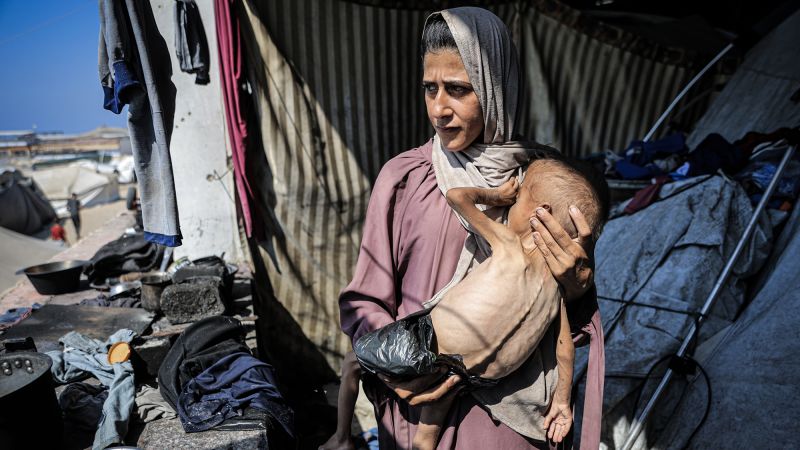T4K3.news
Air drops criticized for failing Gaza's hunger crisis
Jeremy Bowen argues air drops deliver little aid and endanger lives in Gaza.

Desperate air drops provide limited aid and danger in Gaza while overlook existing solutions.
Air drops in Gaza fail to address hunger crisis
A report by Jeremy Bowen highlights the shortcomings of air dropping aid in Gaza, noting it is a crude solution that poses risks to civilians. Historical references point to dangerous air drops in previous conflicts, illustrating how pallets can cause fatalities and injuries. Bowen suggests that only a ceasefire and a structured aid operation can truly address the hunger crisis in the region, as air drops are insufficient on their own. He emphasizes that better access routes to Gaza, such as the nearby port in Ashdod and the Jordanian border, remain available for traditional aid delivery, making air drops an unnecessary approach under current circumstances.
Key Takeaways
"Air dropping aid is an act of desperation."
Bowen emphasizes that air drops are not a sustainable solution for aid delivery.
"Only a ceasefire and an unrestricted, long term aid operation can do that."
A clear statement on the necessity of a ceasefire for effective aid in Gaza.
"Dropping aid delivers very little."
Bowen points out the limitations of air drops compared to land-based logistics.
"Professionals regard air dropping aid as a last resort."
This highlights the urgency and inadequacy of air dropping as an aid strategy.
Bowen's insights reflect a growing concern among aid workers who view air drops as a last resort. This method, though visually appealing for media coverage, often leads to more complications than solutions. With Gaza's geographical constraints and an overcrowded population, the risk of chaos and violence over limited supplies is high. Effective aid requires planning and established logistics, not impulsive measures that can endanger lives. As pressures from various stakeholders mount, it remains crucial to prioritize sustainable solutions over short-term fixes.
Highlights
- Air drops often do more harm than good in desperate situations.
- Visual media appeal doesn't equal effective aid solutions.
- Alternatives to air drops exist, yet we choose the riskiest option.
- A ceasefire is essential to ensure any real change in Gaza.
Risks of air dropping aid in Gaza
Air dropping aid can increase violence and chaos among desperate civilians competing for limited resources. Moreover, it detracts from better logistical options available for aid delivery, potentially causing more harm than help.
The focus must shift from short-term actions to sustainable humanitarian strategies in conflict zones.
Enjoyed this? Let your friends know!
Related News

Israel announces new aid measures for Gaza

Deaths rise in Gaza as aid fails to reach those in need

Severe Hunger Crisis in Gaza

UK plans air aid delivery to Gaza as political pressure grows

Air drops of aid in Gaza face serious criticism

Gaza aid crisis deepens amid ongoing conflict

Israel conducts airdrops to aid Gaza amid criticism

Israeli Forces Face Allegations of War Crimes
